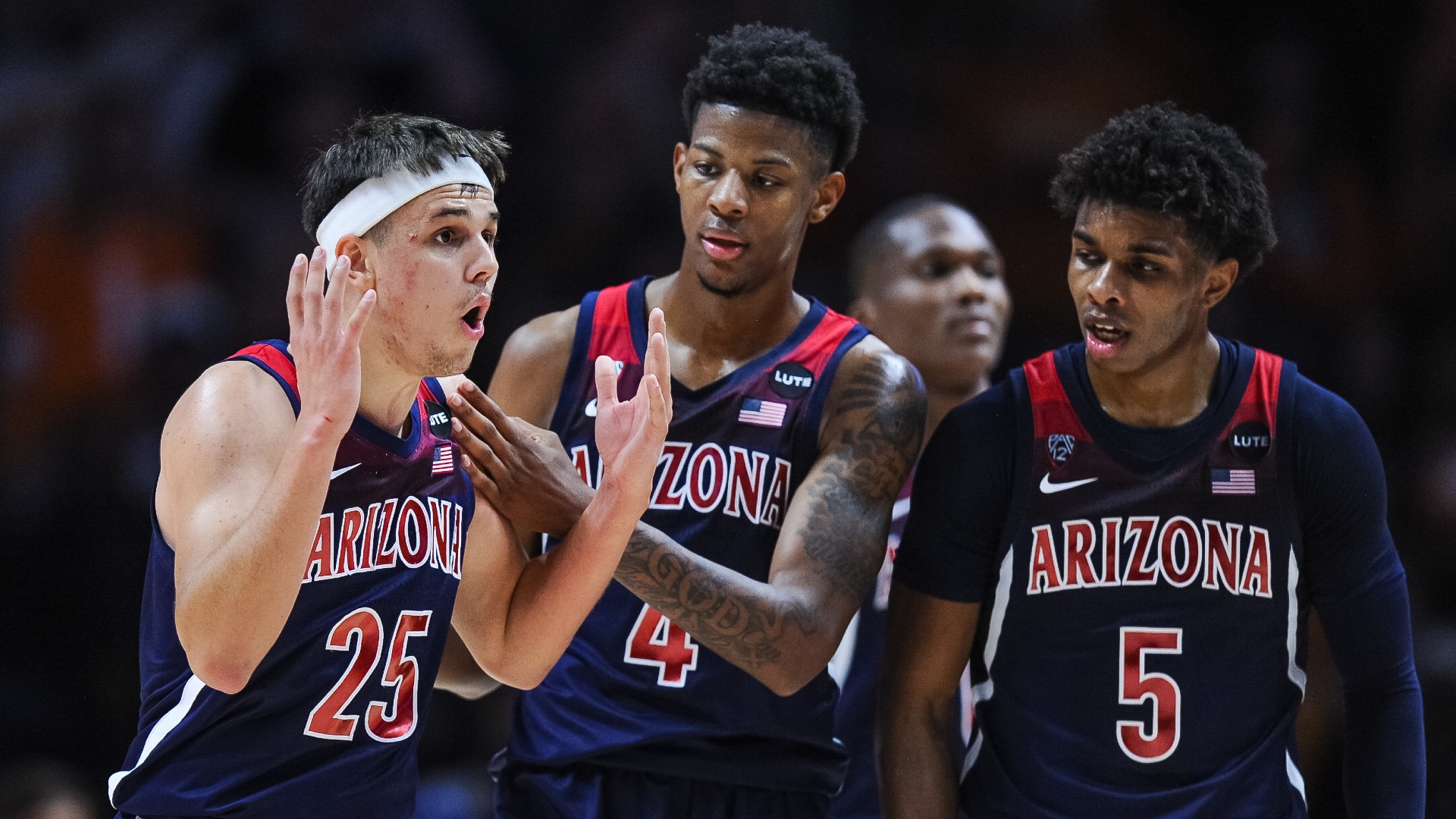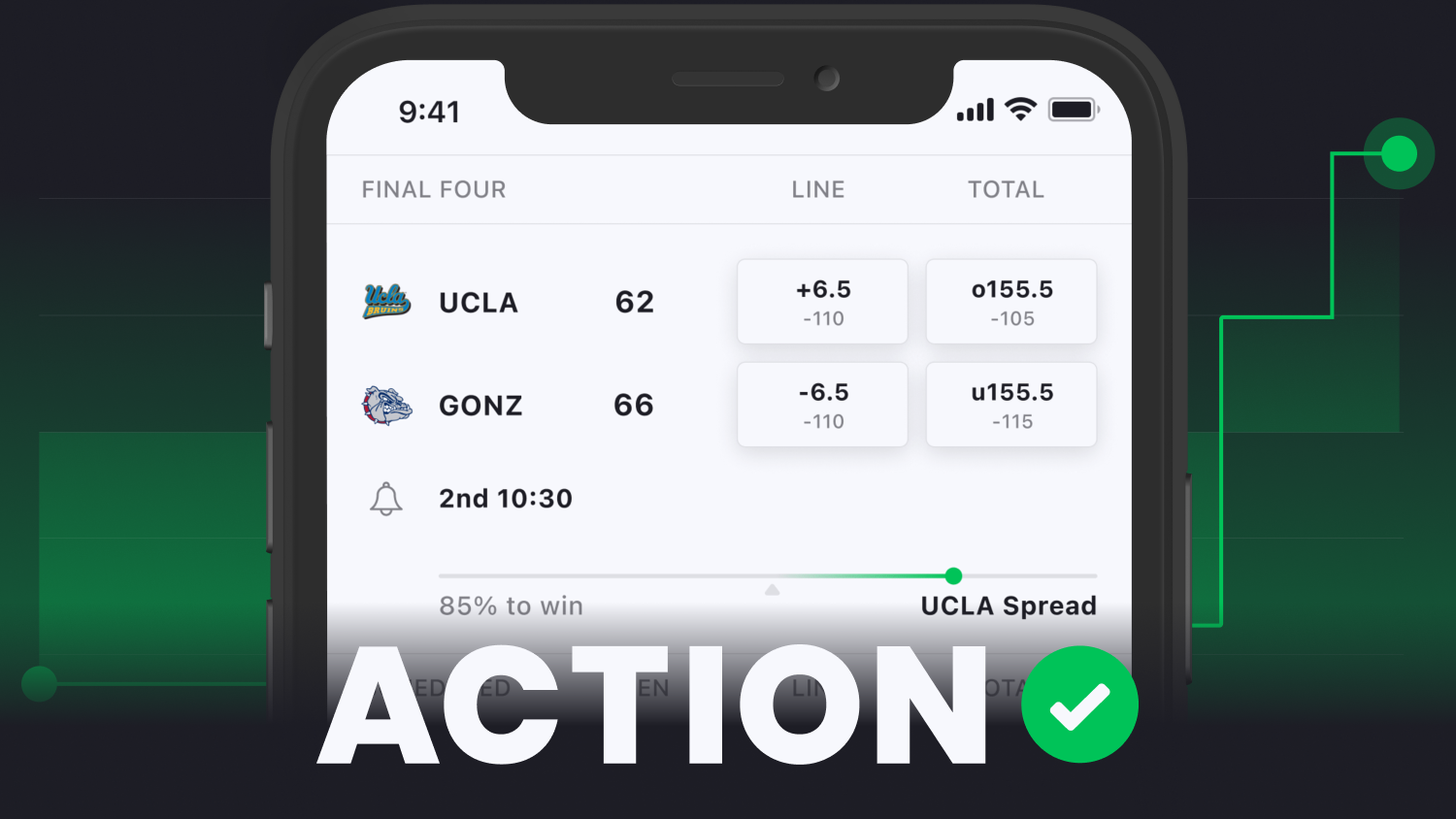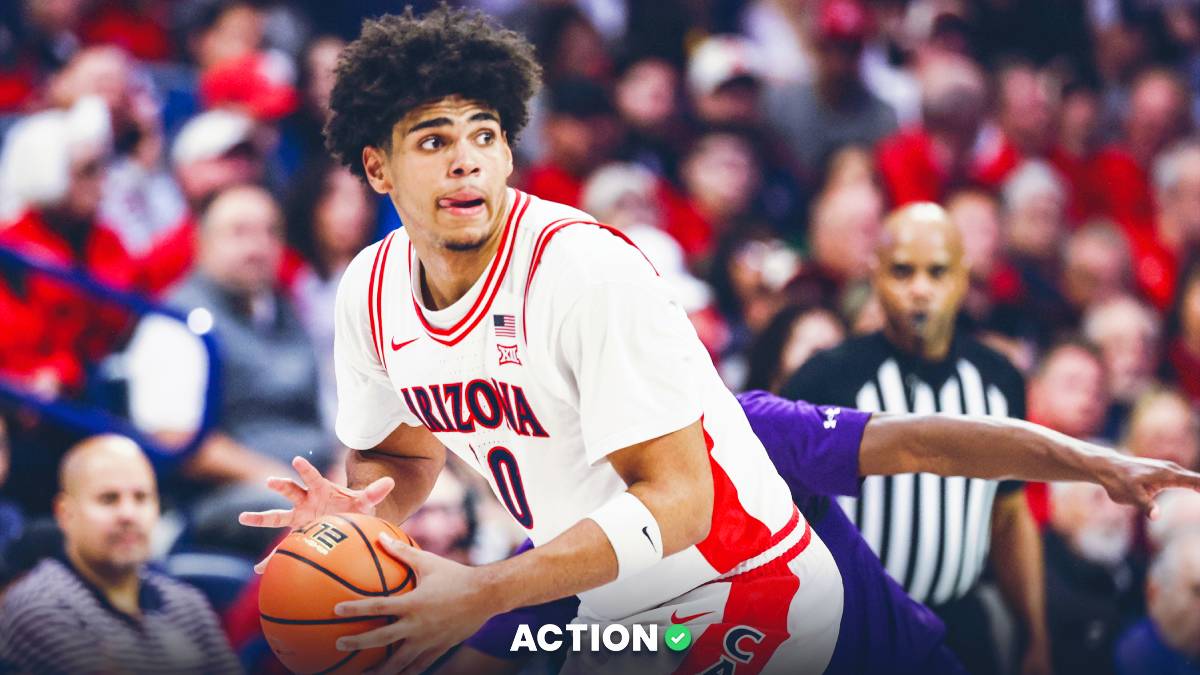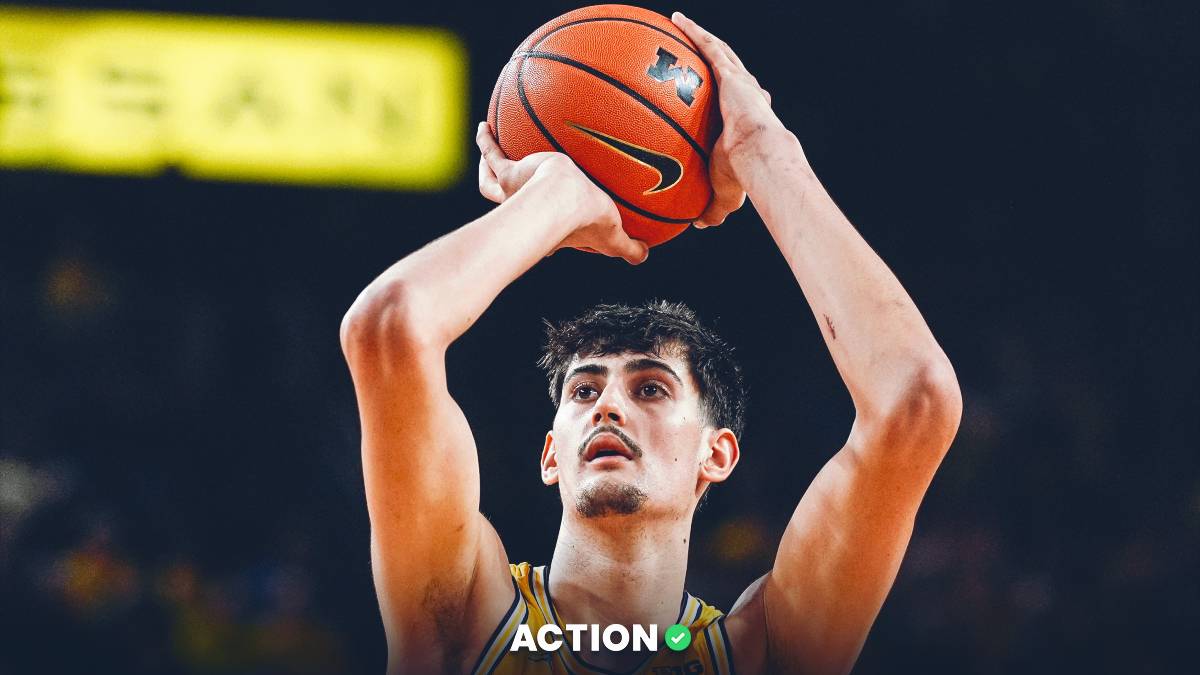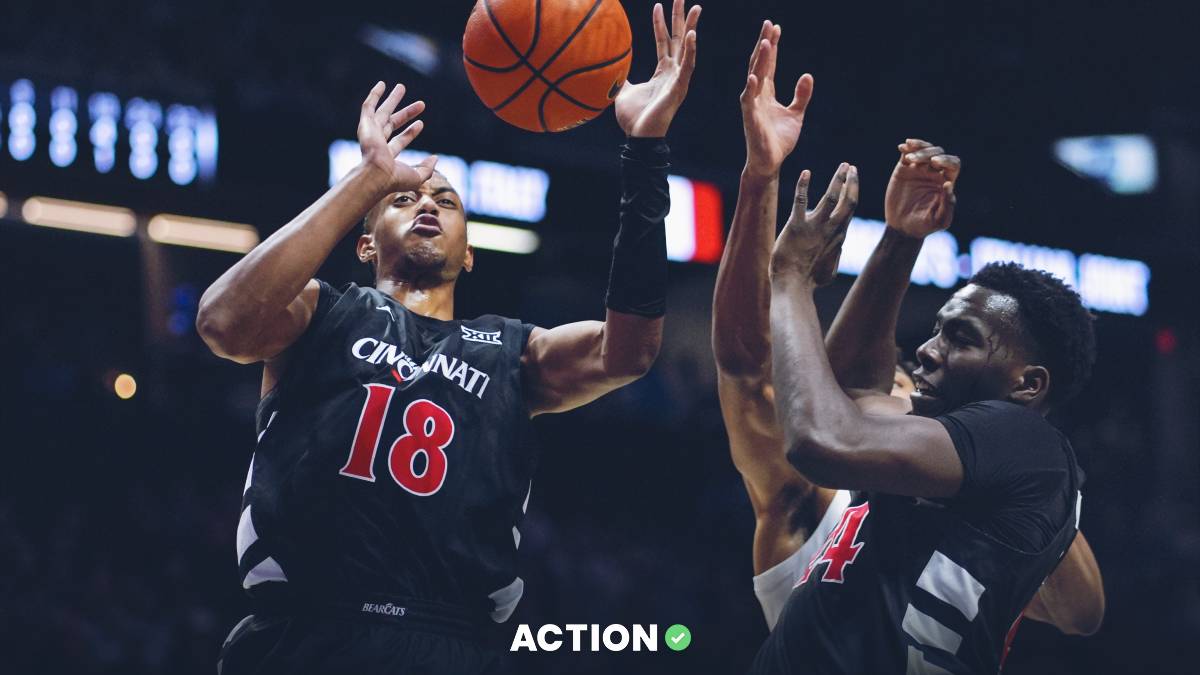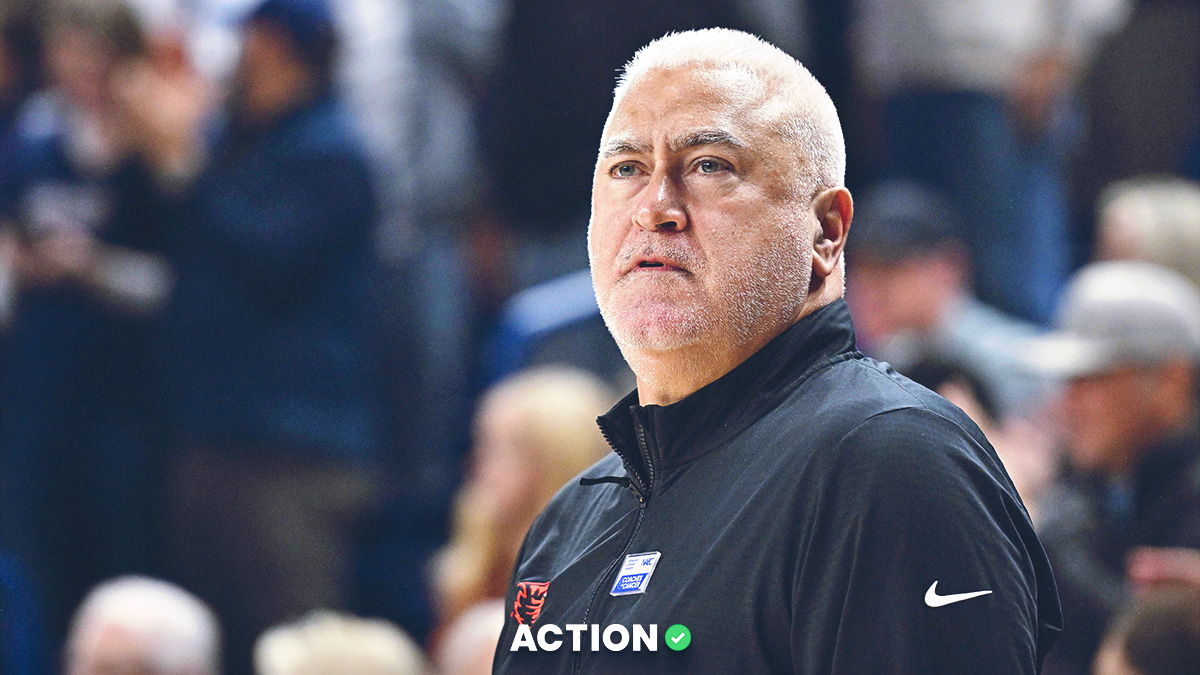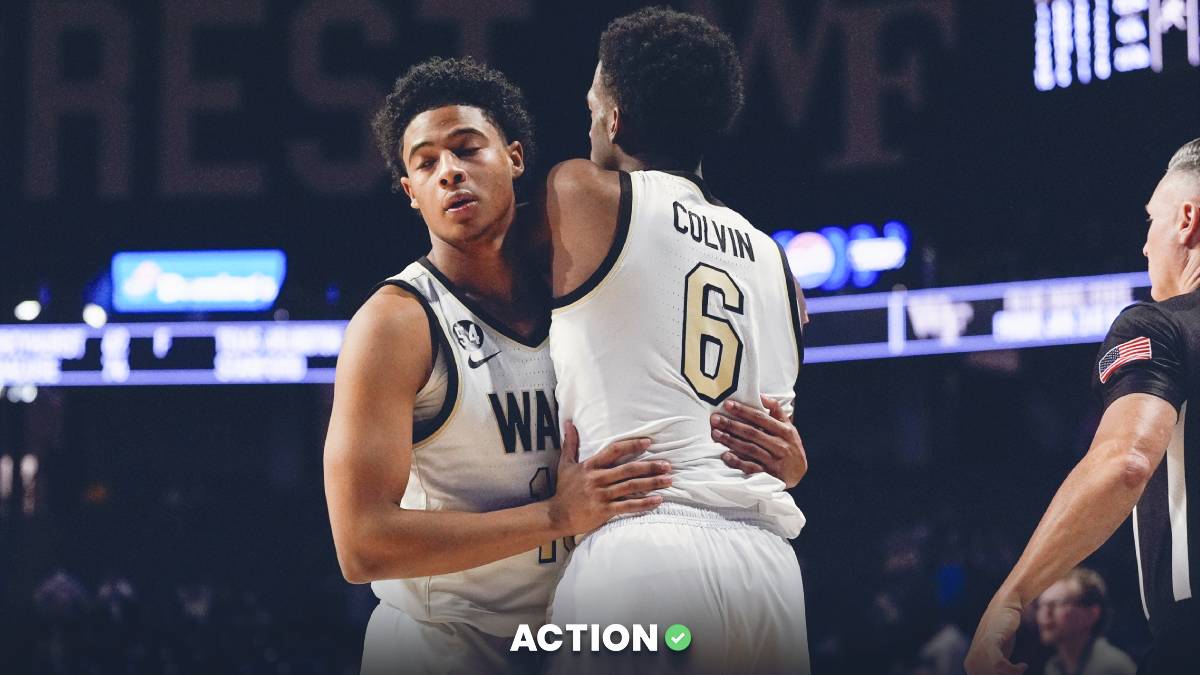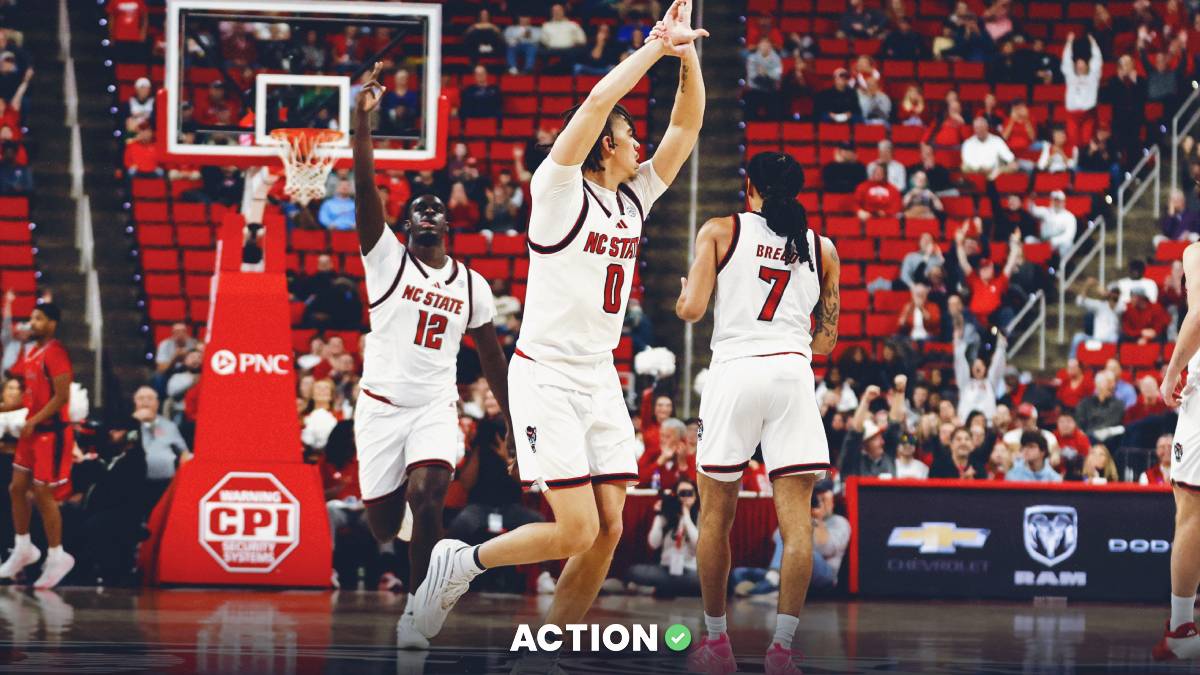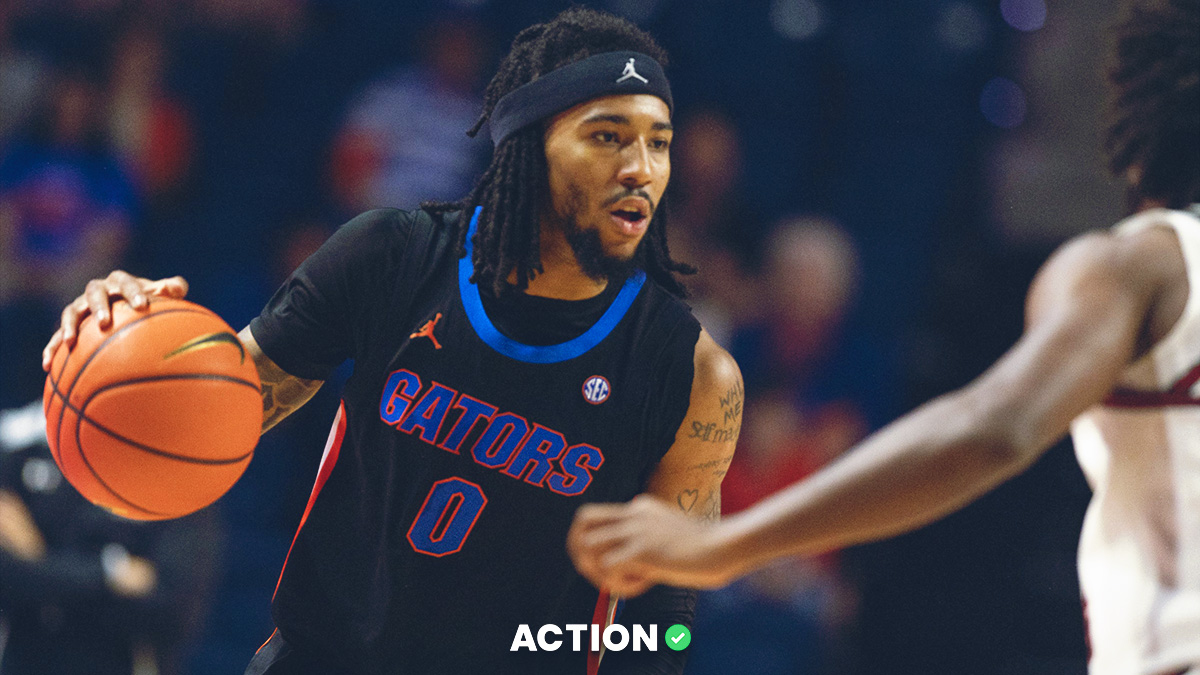Two years ago, one of my esteemed editors, Ryan Collinsworth, started writing a “Final Four Dark Horses” column. The premise was simple: use statistical barometers to identify the contenders most likely to make a Final Four run in March.
Ryan found that, using Ken Pomeroy’s adjusted offensive and defensive efficiency, teams must satisfy two key thresholds.
A refresher on those benchmarks:
- Adjusted offensive efficiency of 114.0 or higher
- Adjusted defensive efficiency of 96.2 or lower
The first marker is far more stringent. As of now, only 12 teams meet the offensive demand, while 80 teams sit at 96.2 or better on defense.
A third qualification can be used to cull the field further when looking for a title winner: adjusted efficiency margin of at least 23.91 (ensuring the team is balanced). We will largely ignore that stipulation for now (though I will mention the teams that qualify).
A couple key caveats: the candidates only need to meet the criteria by the start of the tournament. That is still two-and-a-half months away, so the landscape of the sport is certain to change.
Plus, a “rising tide lifts all boats” effect on overall average efficiency could introduce additional contenders. At this stage, KenPom’s average efficiency sits at 100.8. Should he raise the national average to, say, 102.0, then all offenses will see a bump.
Typically, efficiency rises in conference play, so expect this to take effect.
For those reasons, we will also look at a few candidates sitting on the edge of qualification.
All odds are via PointsBet
The Current Contenders
But first, let’s start with the 12 teams that currently clear the established statistical bar. That would be: Purdue, Gonzaga, Baylor, Duke, Kansas, Houston, Ohio State, Alabama, Illinois, Kentucky, Villanova and UCLA.
You probably recognize the first four teams there. Unsurprisingly, those would be the four teams who have spent time atop the AP Poll this year. Those four — plus Kansas and Houston — are the only six teams that meet the “AdjEM > 23.90” stipulation.
I buy that completely. If I had to name the six most likely NCAA champions right now, I would take the first five and Arizona (more on the Wildcats shortly).
Unfortunately for Houston, two crucial guards — Tramon Mark and All-American candidate Marcus Sasser — are done for the season due to injury.
The other six offer some intrigue.
| Team | Current Odds |
| UCLA Bruins | +350 |
| Villanova Wildcats | +400 |
| Kentucky Wildcats | +450 |
| Alabama Crimson Tide | +500 |
| Illinois Fighting Illini | +550 |
| Ohio State Buckeyes | +550 |
Ohio State might have the best player in the country, and the Buckeyes should still get some reinforcements from Justice Sueing and Seth Towns.
Big Ten counterpart Illinois also has yet to really see Andre Curbelo at full strength. Many thought he could break out into the All-American stratosphere.
Alabama’s streakiness has been well-documented, but running Gonzaga off the floor in Seattle will always stand as the shining example of what the Crimson Tide’s peak looks like.
Meanwhile, the Big Blue Wildcats are coming off of demolitions of North Carolina and Western Kentucky. John Calipari’s crew offers the rare combination of NBA talent and legitimate college experience.
Villanova and UCLA have fallen off of most radars for different reasons. Jay Wright’s Wildcats have already lost four games, including two by 20+ points, but they have played a hellacious schedule and remain the Big East favorite.
On the other hand, the Bruins simply have not played due to COVID issues. They last took the court on December 11th and they are due to be sidelined until at least January 6th.
Assuming they torch the disappointing Pac-12 upon returning, they will quickly remind people why they were hailed as a title contender entering the season.
The Dark Horses
As mentioned, the season is far from over, and plenty of other teams can still play their way inside these parameters. Let’s take a look at a few of the squads lurking on the cusp and decipher whether they can make the leap.
New coach Tommy Lloyd is as close to the threshold as possible: the Wildcats sit at 113.8 in KenPom’s AdjOE. And if you filtered out any influence from preseason ratings, Arizona would pass the test with flying colors.
When filtering out preseason data from Bart Torvik's site, the Wildcats rank fourth overall and have an AdjOE of 116.2.
Arizona has every piece a team could want: skilled and stout big men, athletic and versatile wings and a competitive creator at point guard. Yes, the coach is in his first year and the team is young, but these are small worries in the grand scheme of things.
The Tigers easily satisfy the defensive criteria, and the offense is not far away at 112.1.
The Tigers have a top-three NBA draft pick in Jabari Smith, a monster shot-blocker in Walker Kessler and burgeoning star guards in Wendell Green Jr. and K.D. Johnson.
Most importantly, though, Auburn just got Allen Flanigan back from injury. The Swiss Army knife wing adds additional playmaking and shooting to the lineup, giving the Tigers a connector between the potent guards and bigs.
Possibly the ACC’s second-best team, North Carolina has a path to an extremely high seed in the NCAA Tournament. That fact, combined with the Tar Heels flirting with both the offensive and defensive limits, makes them an intriguing dark horse.
There’s no debating the strength of the Heels’ frontcourt. Armando Bacot, Dawson Garcia and Brady Manek can all have big games on any night.
And the Heels’ backcourt — most notably Caleb Love and and RJ Davis — has developed into a legitimate strength, as well. If Leaky Black brings the defense and Kerwin Walton finds his shooting stroke, the Tar Heels are a legitimate threat to rocket up analytical rankings.
It’s a long shot, certainly, but the Rams are currently undefeated and sit just outside both the offensive (113.2) and defensive (97.0) boundaries.
The inside-out duo of David Roddy and Isaiah Stevens is elite. If the complementary players continue to knock down shots — CSU ranks first nationally in 3P% — the Rams will be a difficult out.


